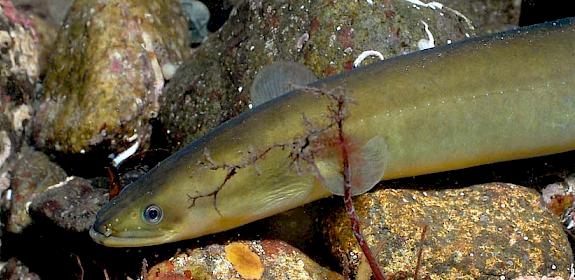Notes:
The current overfishing of sharks is largely driven by the global trade for their highly-valued products, including fins, meat, leather, liver oil and cartilage; and in the case of manta/devil rays, gill plates. Shark fin is in high demand as a traditional delicacy while ray gill plates are used as a medicinal tonic.
The latest study was conducted to provide an improved understanding of the current market dynamics for shark fins and mobulid ray gill plates by analysing different data sources, including CITES trade data, Customs data, online and physical market surveys in mainland China, Hong Kong and Taiwan.
The study was carried out as part of TRAFFIC’s joint programme of work through the Global Sharks and Rays Initiative, a partnership comprising TRAFFIC, Shark Advocates International, the Shark Trust, Wildlife Conservation Society, WWF and advised by the IUCN Shark Specialist Group, who have developed a global 10-year strategy to conserve sharks and rays: Global Priorities for Conserving Sharks and Rays that was released in February 2016.




